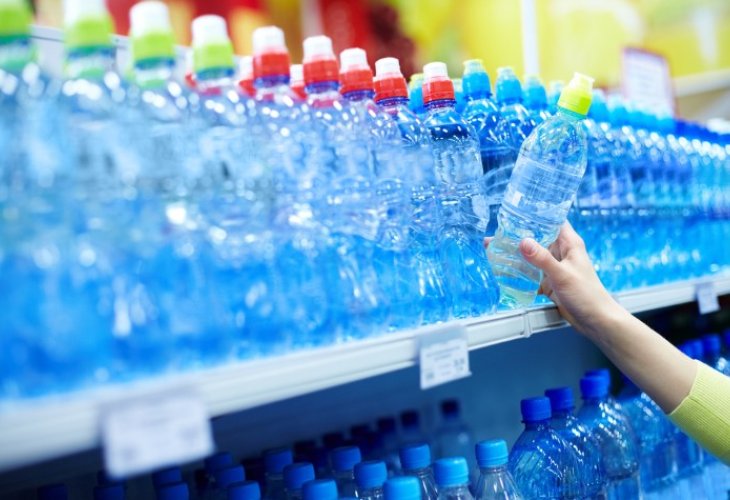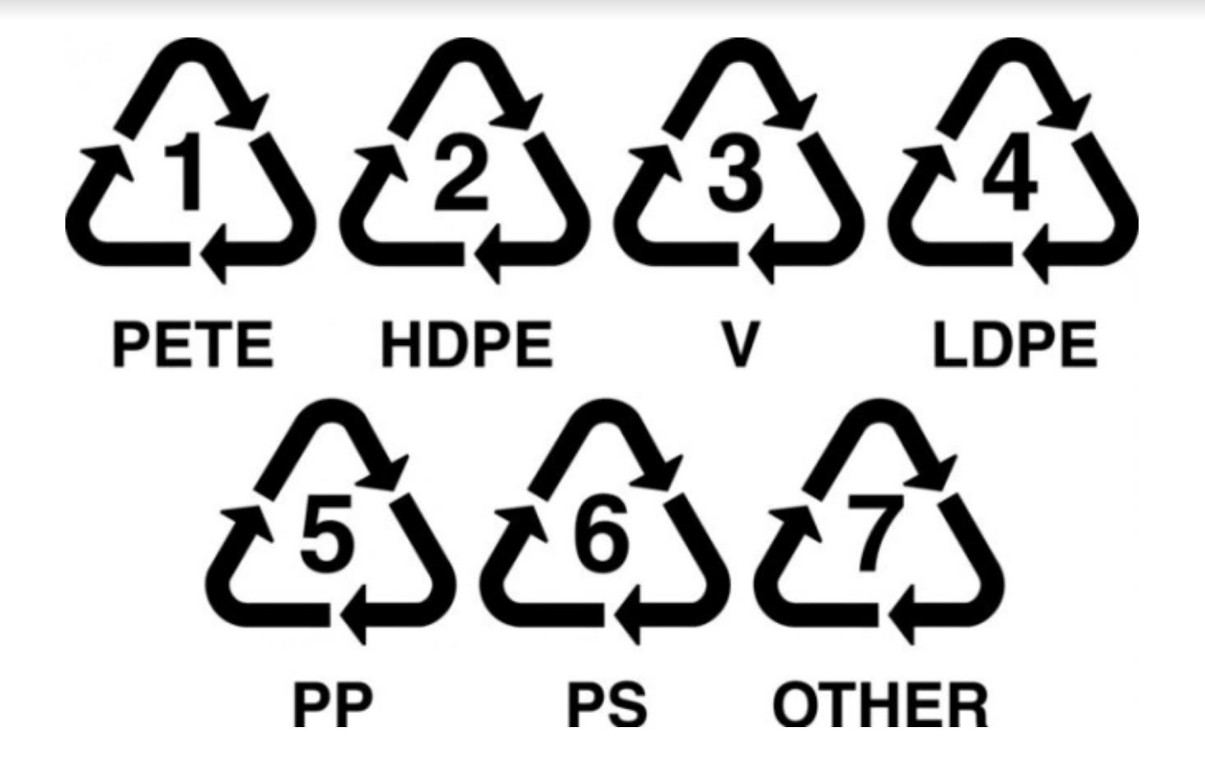Life-Threatening Danger: What Do the Labels on Beverage Bottles Mean? (Beware Especially of Number 7!)
At the bottom of every plastic bottle, there is a numerical label with English letters underneath. This information is very important since each plastic bottle is made from chemicals that might harm your body to varying degrees.

What do you know about the risks hidden in the seemingly innocent beverage bottle you just consumed?
It's likely that no one ever informed you about the impact of plastic materials on the drink inside.
Now you can do it yourself.
If you check, at the bottom of every plastic bottle, there is a numerical label with English letters underneath. This information is very important since each plastic bottle is made from chemicals that might harm your body to varying degrees. Some are considered safer, while others are a real life-threatening danger.

These are the types of labels and what they symbolize:
1 - PET / PETE
PET is essentially the most common plastic material in beverage bottles. It is intended for single use only(!) as any reuse of the bottle provides a fertile ground for bacteria growth and increases the risk of heavy metals and chemicals leaching out that affect hormonal balance in the body. Think about this next time you refill your finished water bottle.
2 - HDP / HDPE
A type of plastic harder than the former, mainly used for milk bottles, oil, and certain toys. It releases almost no chemicals, and experts advise preferring it - if possible - when choosing a drink bottle.
3 - PVC / 3V
PVC is a flexible and soft plastic mainly found in food bags and cling films. It releases two toxic chemicals that also affect the body’s hormonal processes. If this material is listed on the packaging, it's good to know there are suitable alternatives that do not contain this toxic material.
4 - LDPV
This plastic is not used in the beverage bottles industry but is used in food product packaging. It's worth knowing that a plastic package with this label contains several particularly toxic chemicals!
5 - PP
A white, semi-transparent plastic used in yogurt and delicacy cups. It is considered relatively safe.
6 - PS
Polystyrene is a very cheap and light plastic, mostly used in disposable cups and some food packaging. It releases several substances that cause carcinogenic processes if the material comes into contact with heat, and it is definitely recommended not to use it for a prolonged period.
7 - PC
Its primary use is in rigid sports bottles and it is the most dangerous type. The chemicals it is made from mix with food and drink, endangering your health.
From now on, you should thoroughly check the label on plastic boxes and beverage bottles. You might be consuming not only what you paid for - but also what you did not pay for!

